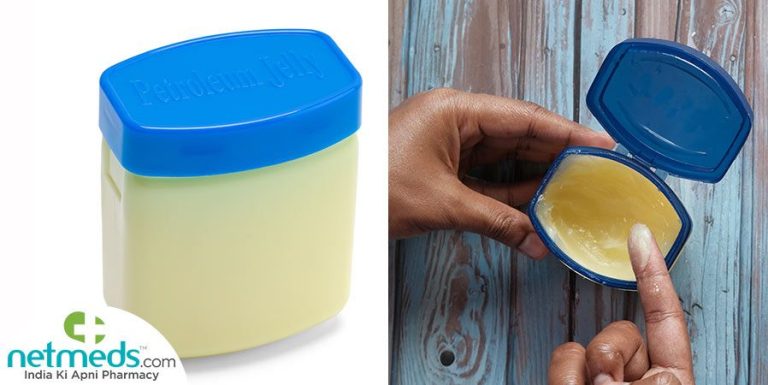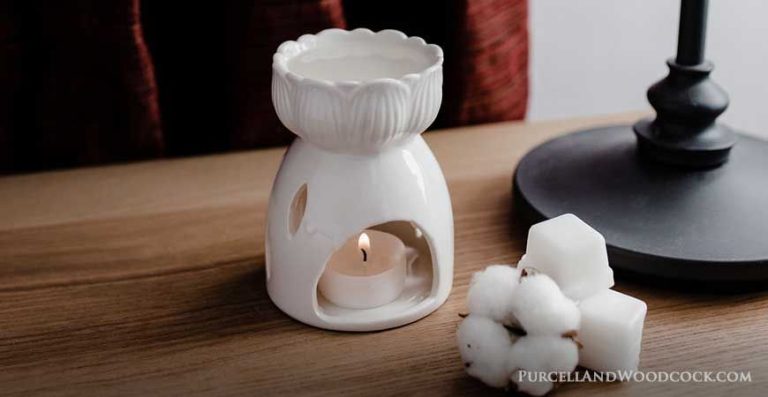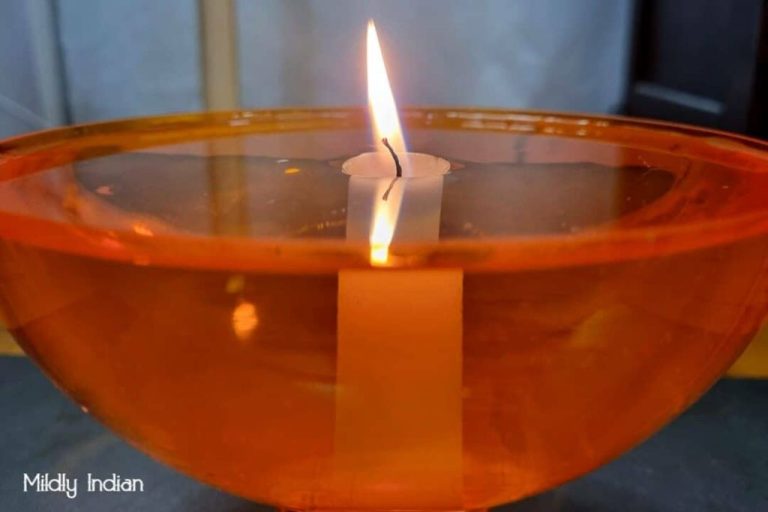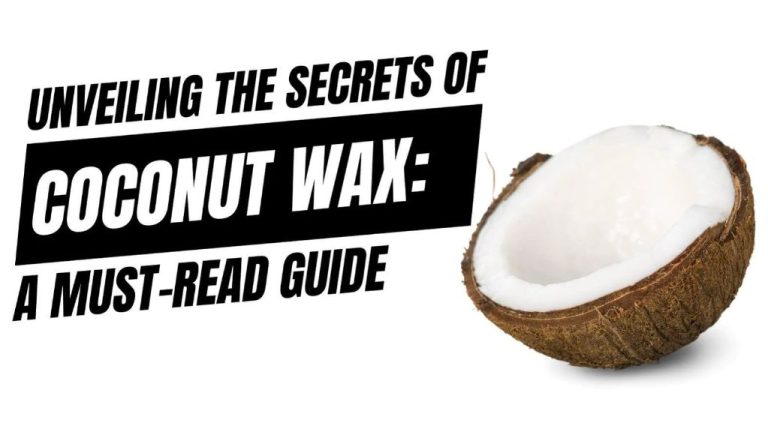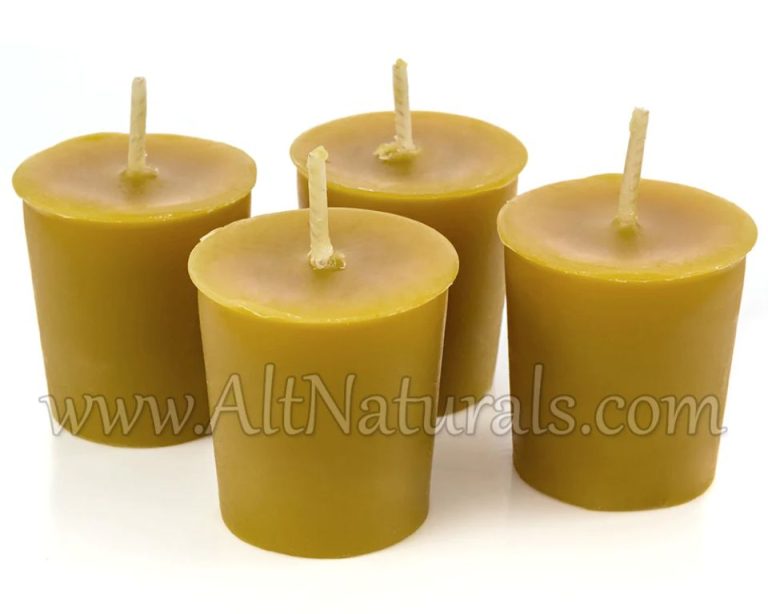How Do I Choose The Right Wax For My Candles?
When making candles, one of the most important decisions is choosing the right type of wax. The wax you use affects the appearance, scent throw, burning time, texture, and more of your finished candles. There are a variety of waxes to choose from, each with their own advantages and disadvantages. Some key factors to consider when selecting a candle wax include the melting point, fragrance retention, cost, availability, sustainability, and personal preferences regarding texture and appearance.
The most common types of candle waxes are paraffin, soy wax, beeswax, coconut wax, palm wax, and gel wax. Many candle makers also use blends that combine different waxes to capitalize on their unique benefits. This guide will provide an overview of the characteristics of each wax type and factors to keep in mind when selecting the right wax for your candles.
Paraffin Wax
Paraffin wax is the most common candle wax and has been used for candle making for over a century. It is derived from petroleum and is relatively inexpensive. Here are some of the pros and cons of using paraffin wax:
Pros:
- Affordable – Paraffin wax is one of the most economical options for candle making.
- High melting point – Paraffin wax has a melting point between 130-150°F, allowing candles to retain their shape in hot environments.
- Excellent scent throw – The long burn time and ability to hold fragrance oil makes paraffin ideal for strong candle scents (BlendedWaxes).
Cons:
- Not environmentally friendly – Paraffin is a petroleum product, so it is not considered a renewable or sustainable resource.
- Can release more soot – Paraffin produces more soot than some natural waxes as it burns.
Overall, paraffin wax is budget-friendly and has excellent fragrance throw. The drawbacks are that it is less eco-friendly than natural waxes and can create more soot.
Soy Wax
Soy wax is made from hydrogenated soybean oil. It has become a popular alternative to paraffin wax due to its natural origins and biodegradable properties. Some key pros and cons of using soy wax for candles are:
Pros:
- Environmentally friendly and renewable – Since it comes from soybeans, it is considered a more sustainable and natural option compared to paraffin wax which is a petroleum product.
- Customizable melting point – You can customize the melting point of soy wax by altering the hydrogenation process. This allows flexibility for container candles versus pillar candles.
- Good scent throw – Soy wax holds scent oils better than paraffin wax. This results in stronger scent when burning (1).
Cons:
- Higher cost – Soy wax tends to be more expensive than paraffin wax. The current market price for soy wax is around $5-8/lb compared to $2-3/lb for paraffin (2).
- Sooting – Soy wax has a tendency to produce more soot than paraffin wax. Proper wicking is important to reduce sooting.
- Soft texture – The texture is softer than paraffin wax. This makes soy wax more difficult to work with for detailed candle designs.
Overall, soy wax is a good natural option but comes at a higher price point. It offers great scent throw but requires more care during the candle making process.
(1) https://www.slatkinandco.com/blogs/the-slatkin-summary/soy-wax-vs-paraffin-wax-which-is-better
(2) https://joetiehome.com/blogs/news/the-pros-and-cons-of-soy-wax-candles-what-you-need-to-know
Beeswax
Beeswax is a natural wax produced by honey bees. It has several pros and cons to consider when choosing it for candle making:
Pros:
- 100% natural – beeswax is non-toxic and biodegradable
- Clean burning – beeswax candles emit negative ions that help purify the air
- Long burn time – beeswax has a high melting point (144-147°F) so it burns slower and longer than other waxes
- Lovely honey scent – beeswax has a light, natural honey aroma when burning
Cons:
- More expensive – beeswax can cost 2-3 times more than paraffin or soy waxes (According to The Farmer’s Cupboard[1])
- Limit on scents and colors – beeswax has a low scent throw so it can be difficult to add strong fragrances. Color options are also more limited.
- Messy to work with – beeswax is very sticky compared to other waxes
Overall, beeswax candles provide a natural, non-toxic option but can be more expensive and limited in scents/colors. The high melting point makes for excellent burn time though.
Gel Wax
Gel wax is a type of transparent, thickened oil that produces candles that look like glass. Compared to other waxes, gel wax has some advantages and disadvantages:

Pros:
- Excellent scent throw and fragrance retention – Gel wax holds scent oils better than paraffin or soy waxes, producing strong aromas (https://www.centreofexcellence.com/best-candle-wax-types/)
- Long burn time – Gel candles can burn 50-80 hours compared to 20-40 for paraffin.
- No soot or smoke
- Translucent appearance
Cons:
- Higher cost – Gel wax is more expensive than paraffin or soy.
- Messier – Gel wax can be sticky and difficult to clean up.
- Higher melting point – Gel wax requires temperatures of 160-200°F to melt properly.
- Requires specialty wicks
Overall, gel wax makes visually appealing candles with excellent hot and cold scent throw. The drawbacks are the higher cost and more challenging workability. Gel wax is a good choice for experienced candle makers looking to create premium candles.
Palm Wax
Palm wax is derived from the palm oil of palm trees. Some pros of palm wax are that it is cheap, has a high melting point, and good scent throw. However, palm wax has come under scrutiny due to the unsustainable practices used to harvest palm oil, which contributes to deforestation and habitat loss for endangered species like orangutans. As noted on CandleScience.com, “Because environmental responsibility is a critical component of our culture, we have made the very difficult decision to discontinue all palm waxes.”
While palm wax itself may perform well in candles, the environmental impacts of harvesting palm oil make this wax a poor choice for eco-conscious candle makers. There are more sustainable natural wax options available, such as soy wax and beeswax.
Coconut Wax
Coconut wax is made from the oils of coconut trees and is a popular natural wax choice for candle making. Some of the pros of coconut wax include:
- It has excellent scent throw – the fragrances used in coconut wax candles tend to be stronger and travel farther than candles made with other waxes (source).
- Coconut wax candles burn slowly and evenly, meaning they last a long time. A coconut wax candle can burn for up to 70 hours (source).
- Coconut wax is considered a sustainable and environmentally-friendly choice because it comes from a renewable resource (source).
Some potential drawbacks of coconut wax include:
- Coconut wax candles need to be burned at a higher temperature than paraffin, usually between 120-130°F to fully melt the wax and achieve an even burn.
- The high oil content of coconut wax means it can produce more soot than other waxes when burned.
- Coconut wax is more expensive than paraffin wax. Expect to pay $16-20 per pound of coconut wax compared to $2-3 for paraffin (source).
The melting point of coconut wax is around 76-82°F, making it a good choice for container candles (source). When working with coconut wax, proper wicking is important to prevent issues like tunneling.
Blends
Blended waxes are a popular option among candle makers as they allow for customization of properties like melt point, fragrance retention, texture, and color. By mixing different wax types in varying percentages, candle makers can create unique blends tailored to their specific needs.
Some common blended waxes include:
- Paraffin-stearic blends – These combine the high melt point of stearic acid with the excellent scent throw of paraffin. A typical blend might be 85% paraffin wax and 15% stearic acid (Source: https://www.fromnaturewithlove.com/library/candleblend.asp)
- Beeswax blends – Adding 10-25% beeswax to paraffin can help harden the wax and improve burn time. Beeswax also adds its honey-like scent.
- Coconut-soy blends – Mixing coconut wax with soy wax combines the excellent scent throw of coconut wax with the easy mold release of soy.
When blending waxes, it’s advisable to start with small test batches to fine-tune your recipe. Keep notes on the percentages used and the results observed. This will allow you to recreate your favorite custom blends.
Choosing Wicks
The type and size of wick you choose depends heavily on the type of wax you are using. Different waxes have different melting points and burn rates, so the wick needs to be paired properly. For example, a wax with a lower melting point like soy wax requires a smaller wick than a harder wax like paraffin or beeswax.
As a general guide, for container candles, use smaller wicks with soy wax (CD or ECO wicks) and larger wicks for paraffin or beeswax (LX or HTP wicks). Beeswax and soy wax blends can use intermediate sizes like CD or LX wicks. Refer to manufacturer charts to match the wick size with the candle diameter.
It’s also important to test different wick sizes, since factors like fragrance load, additives, and pouring temperature can alter how a wax performs. Wicks that are too small will drown and not burn properly, while wicks too large create soot. Testing helps achieve the right melt pool and burn time.
Use wick sample packs or make test candles to find the optimal wick for your wax blend before making large batches. Consult manufacturer guides like this wick overview and wick selection tips when testing different sizes.
Conclusion
When choosing the right candle wax, there are a few key factors to consider:
- What burning properties do you want? Each wax type has different melt points, hardness, burn times, etc.
- What fragrance throw and visual characteristics do you desire? Some waxes hold scent better while others give a smoother appearance.
- Do you need an eco-friendly, natural wax? Then soy, beeswax, or palm wax may be best.
- What performance do you need? Paraffin is excellent for candles while soy and palm work well for melts and tarts.
- What’s your budget? Cheaper waxes like paraffin and palm allow for lower prices.
- Do you want to blend waxes? This allows customization of properties.
- Have you chosen the right wick? This impacts hot throw and burn.
By weighing all these factors, you can determine the perfect wax to achieve your candlemaking goals.

